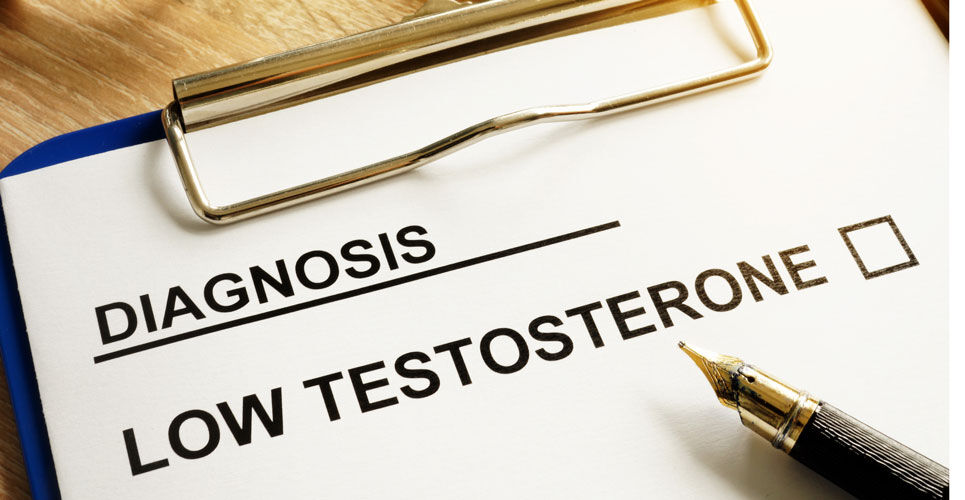Male hypogonadism is associated with an increased risk of hospitalisation due to COVID-19 and which is independent of other known risk factors
The presence of male hypogonadism is independently associated with a greater risk of being hospitalised after infection with COVID-19 according to the results of a retrospective study by US researchers.
In a 2020 meta-analysis of over 3 million cases demonstrated that, whilst there was no difference in the proportion of males and females with confirmed COVID-19, male patients had an almost three-times higher odds of requiring intensive treatment and a higher risk of death compared to women. The implication of these findings was that a man’s testosterone level was a likely risk factor for worse outcomes after infection with the virus. Nevertheless, testosterone levels in men vary are influenced by several factors. For example, the presence of type 2 diabetes and chronic kidney disease, lead to subnormal free T concentrations and hypogonadism in men with chronic obstructive pulmonary disease ranges from 22 to 69% and is associated with several other systemic manifestations including osteoporosis, depression, and muscle weakness. Furthermore, testosterone levels tend to be lower as men age and given that the presence of co-morbidities and advancing age are risk factors for worse outcomes in COVID-19, whether testosterone levels per se represents an independent risk factor is unclear.
For the present study, the researchers hypothesised that it was actually male hypogonadism, i.e., low testosterone levels that was responsible for the worse outcomes in COVID-19. In trying to test out their theory, the team retrospectively analysed electronic health records for men with hypogonadism, those receiving testosterone therapy (TTh) for at least 6 months and men with eugonadism (i.e., normal testosterone levels) and then compared the rates of hospitalisation between the three groups. The researchers also collated demographic and co-morbidity data and which were adjusted for in the final analysis. The primary outcome of interest was hospitalisation due to COVID-19.
Male hypogonadism and COVID-19 hospitalisation
A total of 723 participants with a mean age of 55 years, 116 who were hypogonadal, 427 with eugonadism and 180 in receipt of TTh were included in the analysis. A testosterone level was made in 73% of patients and the median time between testosterone measurement and infection with COVID-19 was 7 months. The median testosterone level in men with hypogonadism was 131ng/dl and which was significantly different to eugonadal men (381ng/dl) and those receiving TTh (396ng/dl).
In total, 134 men were hospitalised due to COVID-19 and this was significantly more common among those with hypogonadism compared to eugonadism after adjustment for know risk factors such as increasing age, comorbidities and immunosuppression (adjusted odds ratio, aOR = 2.4, 95% CI 1.4 – 4.4, p < 0.003). Men receiving TTh had a similar risk to those with eugonadism (aOR = 1.3, 95% CI 0.7 – 2.3, p = 0.35).
The authors concluded that male hypogonadism was an independent risk factor for hospitalisation due to COVID-19. They suggested that screening and appropriate therapy for hypogonadism need to be evaluated as a strategy to prevent severe disease after infection with the virus.
Citation
Dhindsa S et al. Association of Male Hypogonadism With Risk of Hospitalization for COVID-19 JAMA Netw Open 2022

